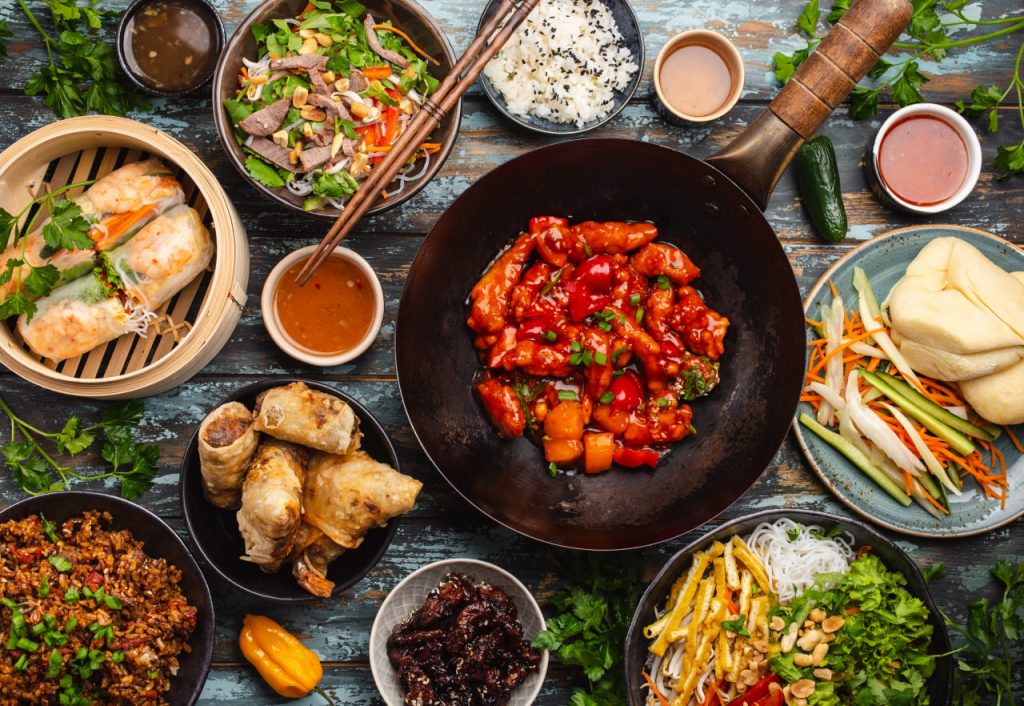From the smoky cumin of North Africa to the fiery chili pastes of Southeast Asia, spices are the heart of every cuisine. They tell stories of migration, trade, and tradition — and they continue to define how we taste the world today.
The Roots of Flavor
Historically, spices were more than just flavor enhancers. In ancient civilizations, they were used for preservation, medicine, and rituals. The spice trade connected continents, and even shaped the course of empires. The search for black pepper and cloves influenced sea exploration and global discovery — making spices a key part of world history.
Regional Spice Profiles
Each cuisine has its own signature spice palette:
- Middle Eastern kitchens often revolve around sumac, za’atar, saffron, and cinnamon — creating deeply aromatic dishes like tagine or kabsa.
- Indian cuisine uses a complex layering of spices like turmeric, cardamom, cumin, and fenugreek, bringing boldness and warmth to curries and dals.
- Latin American dishes feature chili, oregano, achiote, and coriander, often highlighting both heat and earthiness.
- East Asian cooking uses five-spice blends, ginger, and Sichuan pepper to create balance and sensory contrast.
How Spices Shape Identity
A cuisine’s spice mix is like its fingerprint — unique and deeply personal. It reflects climate, agriculture, culture, and even belief systems. For example, the Japanese use of wasabi and mustard in sushi isn’t just about taste — it’s tied to tradition, health, and balance.
Learning to Cook with Spices at World Cuisine School
In our courses, we dive deep into the art of seasoning. You’ll not only learn how to cook global dishes but how to balance and build flavor from the ground up. We’ll explore traditional spice combinations and guide you in creating your own signature blends.
Spices don’t just transform a dish — they open doors to new worlds.

